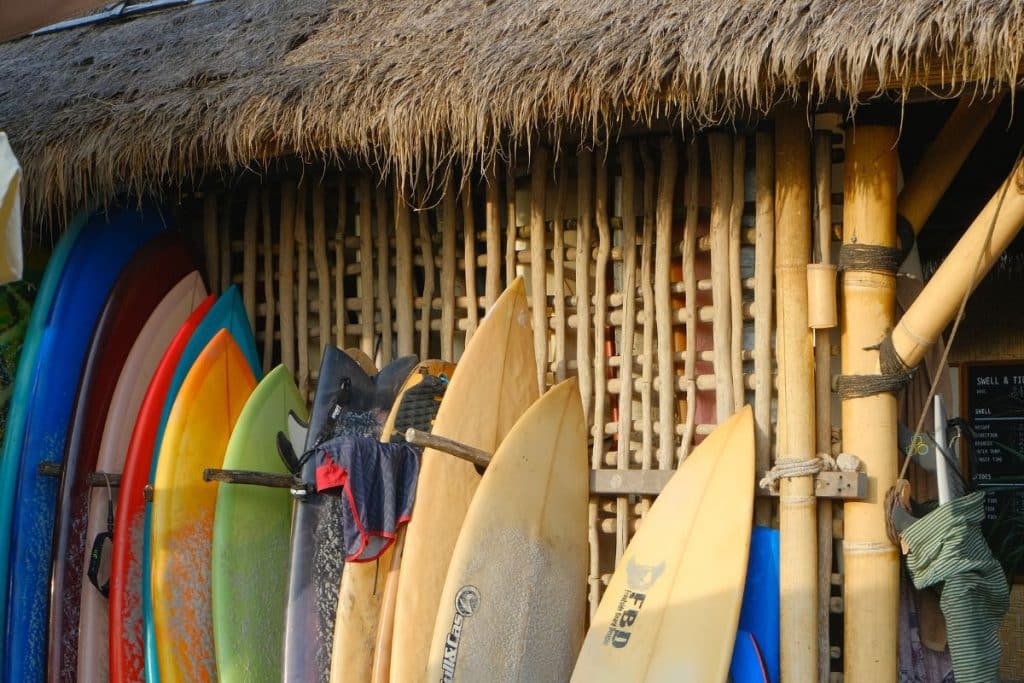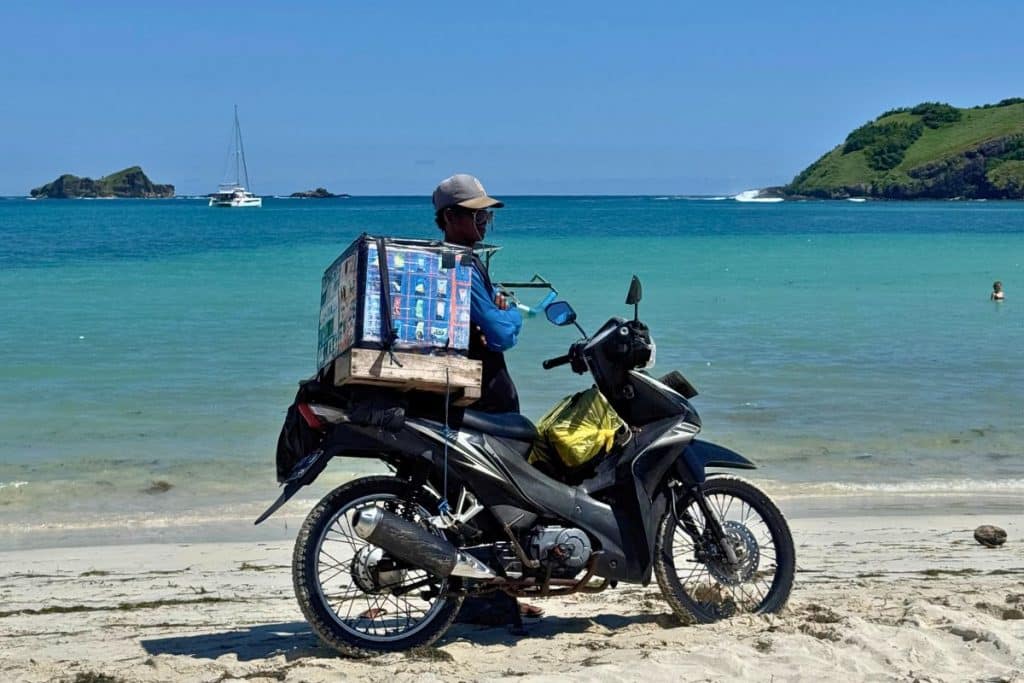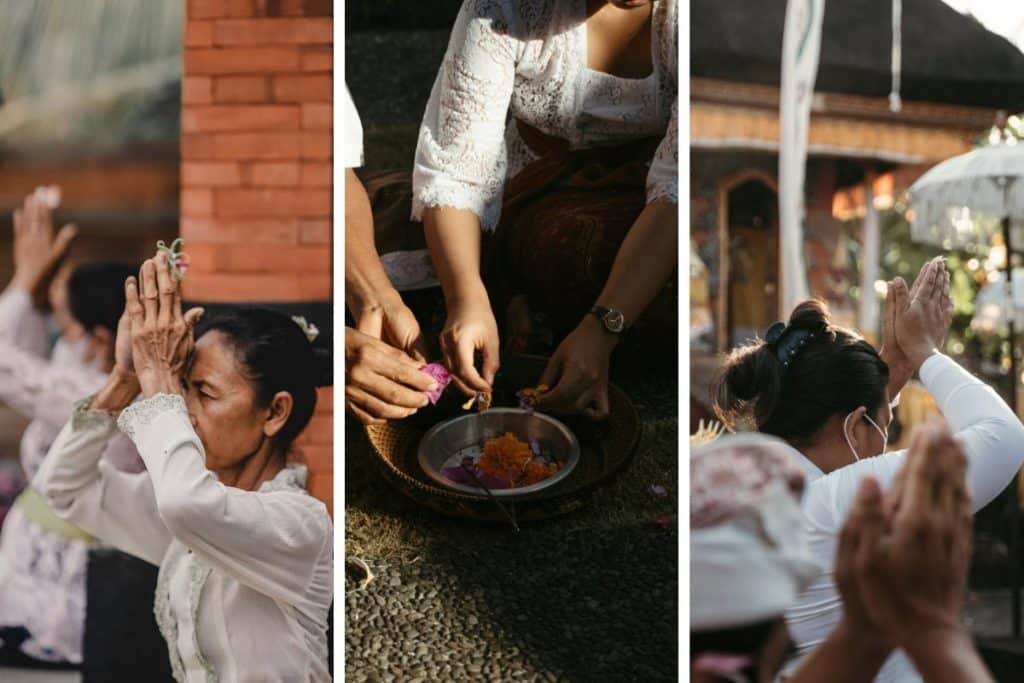
10 essential tips to know before going to Bali
Bali is a dream destination known for its beautiful beaches, rich cultural heritage, and stunning natural landscapes. Whether it’s your first visit or a return trip, proper planning can help you avoid common pitfalls and enjoy the island to the fullest. Before you pack your bags, read these 10 essential tips to prepare for an unforgettable Bali adventure.

1. Visa Requirements
Before traveling to Bali, it’s important to understand the visa process. Most travelers are eligible for a Visa on Arrival (VOA), which costs around IDR 500,000–600,000 (approximately 30–35 euros). This visa is valid for 30 days and can be obtained upon arrival at Ngurah Rai International Airport or applied for online in advance via the official immigration site.
If you’re planning to stay longer, the VOA can be extended once for an additional 30 days, giving you a total stay of up to 60 days in Indonesia. For longer stays or digital nomad visas, it’s advisable to apply for a B211A visa or other long-stay visa options before arrival.
When arriving at the airport in Bali, make sure you have the following documents ready:
- A passport valid for at least six months beyond your date of entry
- A return or onward flight ticket showing when you plan to leave Indonesia
- Proof of VOA payment if you applied online
- Travel insurance is highly recommended, especially one that covers medical emergencies and activities like motorbiking or surfing
For peace of mind, keep a digital and printed copy of your passport, visa, and insurance policy in case of emergencies or routine checks. Staying informed about the latest entry requirements for Bali helps ensure a smooth start to your trip.

2. Grab and Gojek
Navigating Bali is simple thanks to ride-hailing apps like Grab and Gojek, the island’s most widely used transportation services. These apps work similarly to Uber and offer affordable and reliable ways to get around, whether you need a car or a motorbike ride. They also provide useful extras such as food delivery, parcel services, and even massage bookings in some areas.
To make your trip easier, download Grab and Gojek before you arrive in Bali. This allows you to book rides instantly, compare prices, and avoid overpaying for transport. They are especially useful in busy tourist areas like Canggu, Ubud, and Seminyak, where taxis can be limited or overpriced.

3. Bike in Bali: Freedom with caution
Scooters are one of the most popular ways to get around Bali, offering flexibility and a sense of freedom that cars often can’t. They’re ideal for weaving through traffic and reaching places that are harder to access by car. However, riding a scooter in Bali comes with its risks, especially if you’re unfamiliar with the local driving style.
Always wear a helmet, and make sure you carry an international driving permit (IDP), as police frequently check for proper documentation. The roads can be busy and chaotic, with uneven surfaces and unpredictable traffic. Drive cautiously and defensively, especially in tourist-heavy areas.
If you’re comfortable on two wheels, renting a scooter is very affordable, with daily rates starting around 50,000 to 60,000 IDR (approximately €3–4). Just make sure to check the brakes, lights, and tires before hitting the road.

4. Currency and negotiation
The local currency in Bali is the Indonesian Rupiah (IDR). While most hotels, upscale restaurants, and tourist-oriented shops accept credit cards, cash is still essential for smaller establishments, local warungs, markets, and transport. It’s advisable to carry small denominations for convenience, especially in rural areas.
When exchanging money, be cautious. Some currency exchange booths offer attractive rates but may engage in scams, such as slipping lower-value notes or retaining a few bills during the count. Always choose authorized money changers, count your cash carefully in front of the clerk, and avoid exchanging large amounts in one go.
Bargaining is common in traditional markets and smaller shops. Polite negotiation is expected and even part of the experience, just be respectful and keep it friendly. Knowing the approximate exchange rate beforehand will help you avoid overpaying.

5. Drink bottled water
Bali’s tap water is not safe to drink, so always choose bottled or filtered water to stay hydrated and avoid the dreaded “Bali Belly.” This common stomach upset can be caused by consuming contaminated water, vegetables rinsed in tap water, or ice from unreliable sources.
To minimize the risk, stick to reputable restaurants, especially those popular, as they generally maintain good hygiene standards. Be cautious with street food, and wash your hands frequently, especially before eating.
That said, there’s no need to stress too much. Most restaurants and cafés today use filtered water and safe ice, especially in tourist areas. Use common sense, listen to your body, and enjoy the incredible Balinese cuisine with peace of mind.

6. A Taste of local flavors
Bali offers a delightful culinary journey that reflects its rich culture and diverse ingredients. One must-try dish is Nasi Goreng, a savory fried rice usually topped with a fried egg and served with chicken, shrimp, or vegetables. It’s a staple you’ll find in both street food stalls and high-end restaurants.
Another local favorite is Satay, skewered and grilled meat (often chicken or pork) served with a rich peanut sauce. For a truly traditional feast, try Babi Guling, a whole roasted suckling pig marinated with a blend of Balinese spices. This dish is usually reserved for ceremonies but can also be found at specialized warungs.
Seafood lovers will enjoy the fresh catch from Bali’s coastal towns like Jimbaran, where grilled fish, prawns, and calamari are served right on the beach with spicy sambal sauces and steamed rice.
To wash it all down, grab a cold Bintang, Indonesia’s most popular beer, or try a local drink like Arak, a traditional Balinese spirit often served in cocktails. Don’t forget to explore Bali’s growing café culture too, where you’ll find smoothie bowls, fusion dishes, and excellent coffee, especially in areas like Canggu and Ubud.

7. Respect local customs
Bali is predominantly Hindu, so respecting local customs and traditions is essential. When visiting temples, dress modestly by wearing a sarong and sash, these are often provided at the entrance. Remember to remove your shoes before entering temples and private homes as a sign of respect.
During religious ceremonies and festivals, it’s important to be mindful of your behavior. Avoid pointing your feet at sacred objects or people, as feet are considered unclean in Balinese culture. Also, don’t touch offerings or interfere with rituals, and avoid loud conversations or disruptive behavior in sacred spaces.
Photography is generally allowed at temples, but always ask for permission first, especially during ceremonies. Showing respect for the local culture will not only enrich your experience but also earn you the appreciation and goodwill of the Balinese people.

8. Beware of monkeys
Bali is home to several monkey forests and temples where you can encounter these mischievous creatures up close. While they may appear cute and friendly, monkeys can be unpredictable and sometimes aggressive, especially when they feel threatened or are searching for food.
To stay safe, keep your valuables securely stored, avoid feeding the monkeys, and maintain a respectful distance at all times. Remember that some monkeys can carry diseases, so avoid any physical contact. If you are bitten or scratched, seek medical attention promptly to prevent infections.

9. SIM cards and connectivity
Staying connected in Bali is easy with a local SIM card. Telkomsel is a popular and reliable provider, offering good coverage and affordable data packages. To save money, avoid buying SIM cards at the airport, where prices tend to be higher. Instead, purchase one from local shops or authorized dealers.
Keep in mind that SIM cards are usually valid for three months, after which you’ll need to get a new one. Having a local SIM is especially useful for navigation, using ride-hailing apps, and keeping in touch with fellow travelers.

10. When to visit Bali
Bali has a tropical climate with two main seasons: the dry season and the rainy season. The dry season runs from April to October and is the most popular time to visit. During these months, you’ll enjoy sunny weather, comfortable temperatures, and low humidity, perfect conditions for outdoor activities like hiking, surfing, and diving.
The rainy season lasts from November to March and brings frequent, sometimes heavy showers. Although the rain usually comes in short bursts, it can make travel more challenging, especially on slippery roads and in mountainous areas. However, this season also transforms Bali’s landscape into a lush, vibrant green, offering stunning natural scenery.
If you plan to visit during the rainy season, it’s wise to keep your itinerary flexible and include indoor or less weather-dependent activities. Accommodations are often cheaper during this period, which can be a great option for budget travelers.
Notably, in 2025, the rainy season lasted longer than in previous years, so it’s important to stay updated on weather forecasts when planning your trip.

Uluwatu is a destination that offers something for everyone, from stunning natural beauty to rich cultural experiences and vibrant local life. Whether you’re surfing, shopping, dining, or simply relaxing, each activity reveals a different facet of this incredible area. Dive into the best that Uluwatu has to offer and create memories that will last a lifetime. For more tips and insights on exploring Bali, be sure to check out other articles on our blog!
